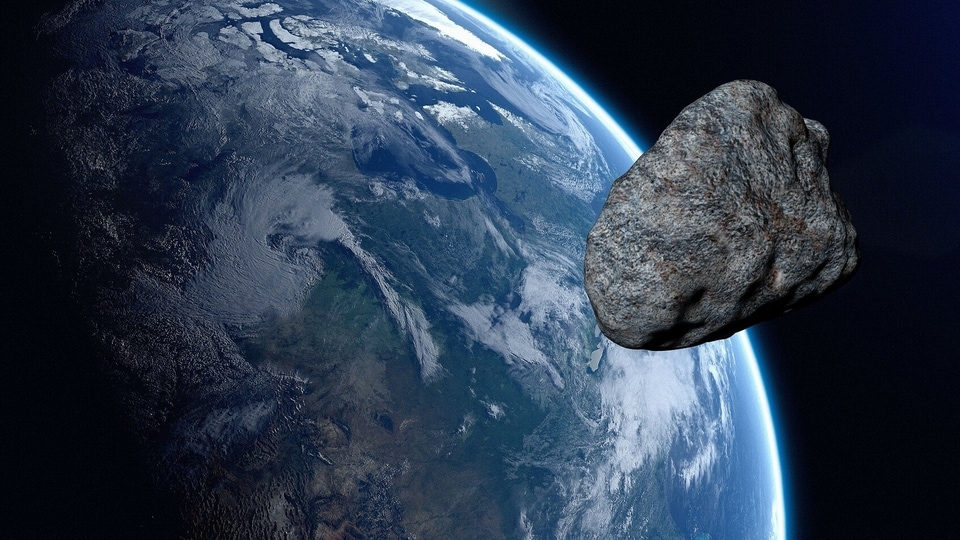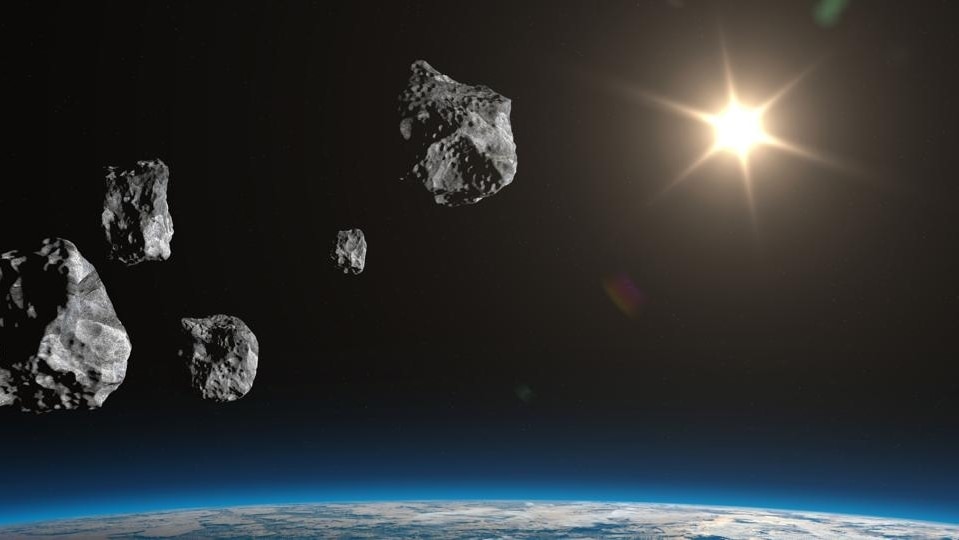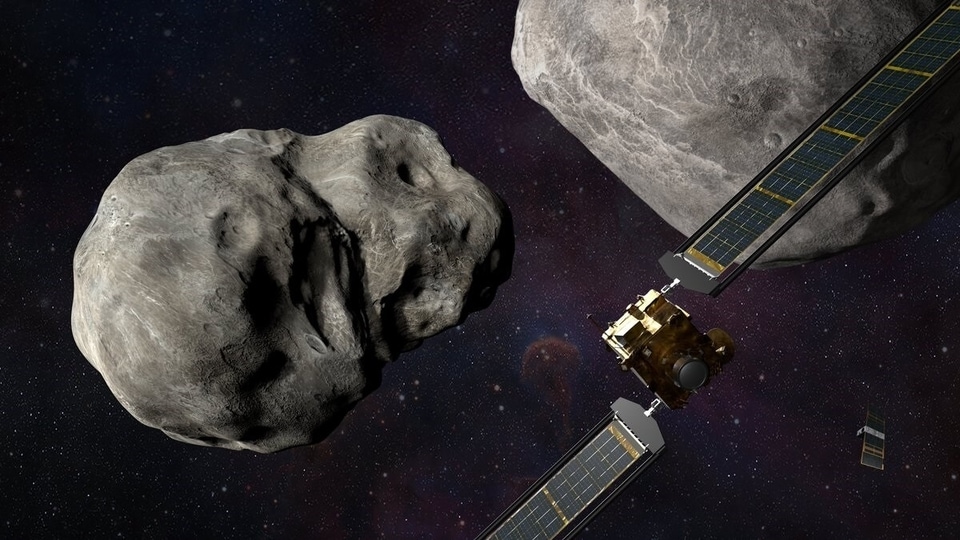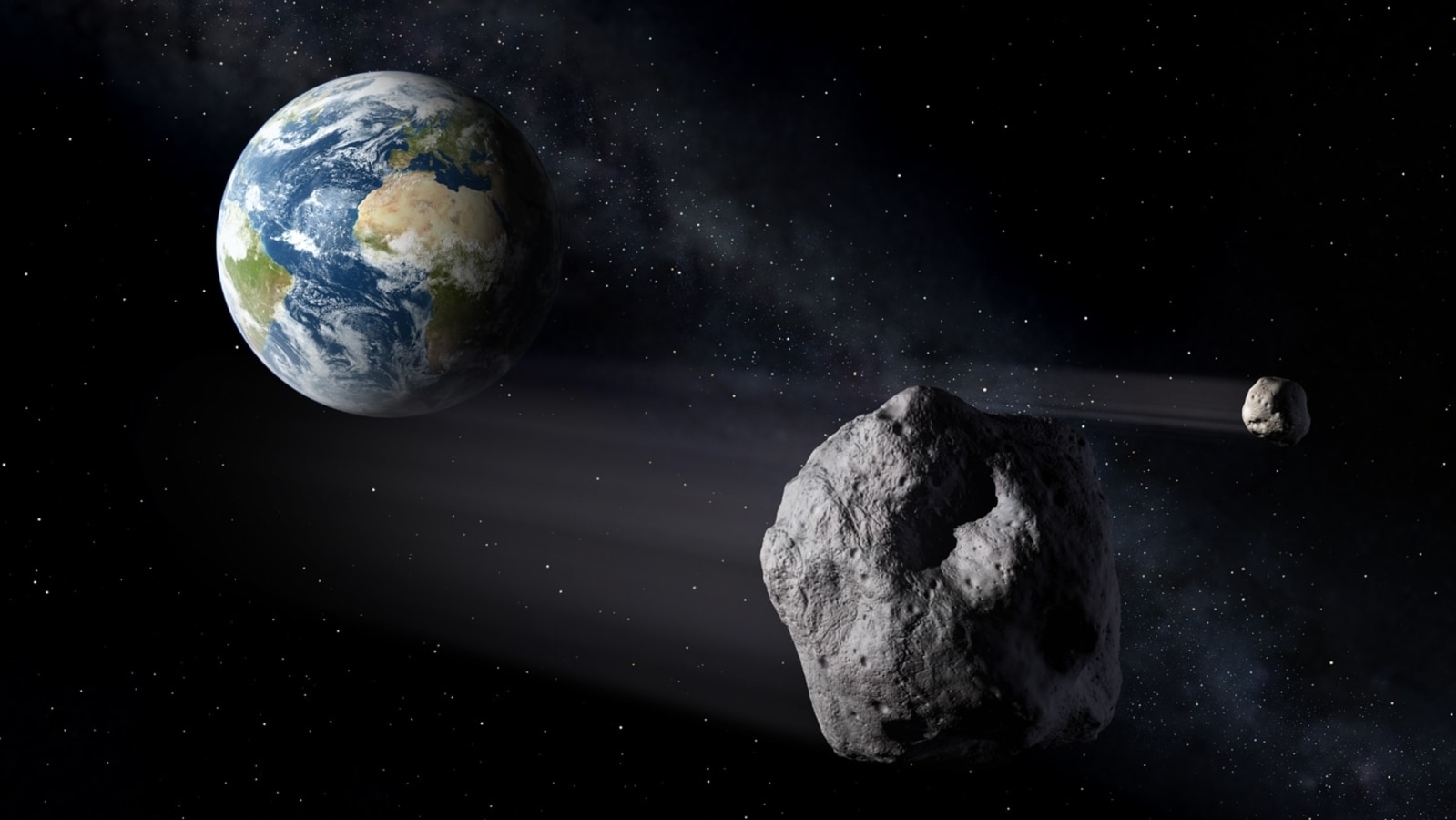Asteroid 2019 AV13, big as a skyscraper, to come terrifyingly close to Earth tomorrow
A humongous asteroid named Asteroid 2019 AV13 is expected to pass by Earth closely on August 20.



_1638627105271_1638627118874.jpg)


 View all Images
View all ImagesIn the midst of frequent small asteroid sightings, a massive 420-foot asteroid is expected to come terrifyingly close to Earth tomorrow, August 20. The asteroid, named Asteroid 2019 AV13 is expected to miss Earth by just a few million miles. Discovered in 2019, the asteroid is expected to pass by Earth at 21:21 on August 20. The asteroid is travelling towards Earth at a staggering speed of 32,400 kilometers per hour.
Asteroid 2019 AV13 is one of the largest asteroids that will pass by Earth this year. The asteroid is nearly as big as a skyscraper, being nearly 420 feet wide. It will pass Earth at a distance of almost 3.2 million miles.
Although this asteroid will not impact Earth, it still has been classified as a “Potentially Hazadous Asteroid” due to its sheer size and the close proximity with which it will pass Earth. This asteroid is part of the Apollo group of asteroids and orbits the Sun in approximately 482 days, according to sky.org.
What are Asteroids?
Asteroids are small, rocky objects which orbit the Sun formed nearly 4.5 billion years ago at the dawn of the solar system, according to NASA. Scientists say asteroids are left over chunks which remained after the formation of planets.
Asteroids are part of the Near-Earth Objects (NEOs) which are constantly watched for any potential threat to Earth. Most of the asteroids can be found orbiting the Sun in the asteroid belt between Mars and Jupiter. According to NASA, the Center for Near Earth Object Studies (CNEOS) observes the sky for any potential hazardous asteroids, predicts their trajectories and carries out impact hazard assessments. Asteroids which come closer than 28 million miles from Earth's orbit are classified as potentially hazardous asteroids.
Catch all the Latest Tech News, Mobile News, Laptop News, Gaming news, Wearables News , How To News, also keep up with us on Whatsapp channel,Twitter, Facebook, Google News, and Instagram. For our latest videos, subscribe to our YouTube channel.





























